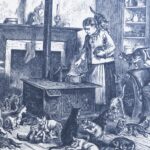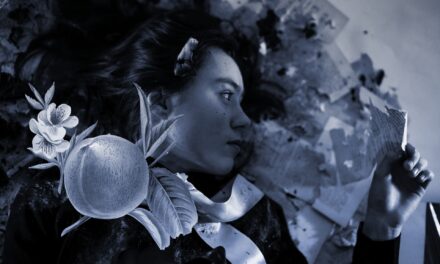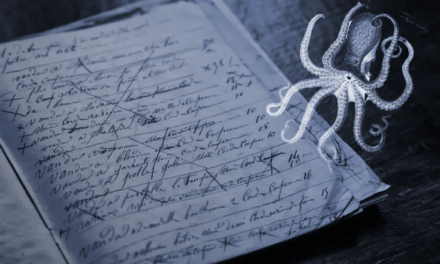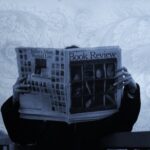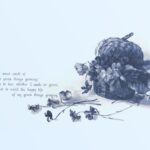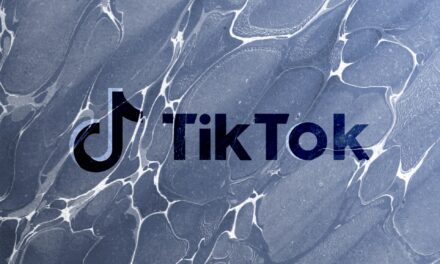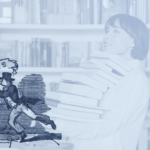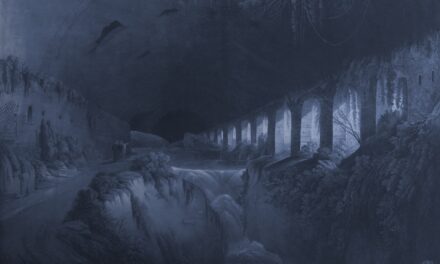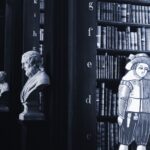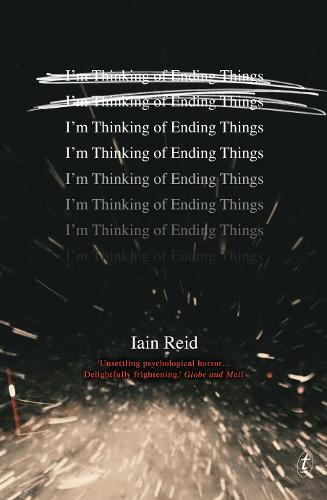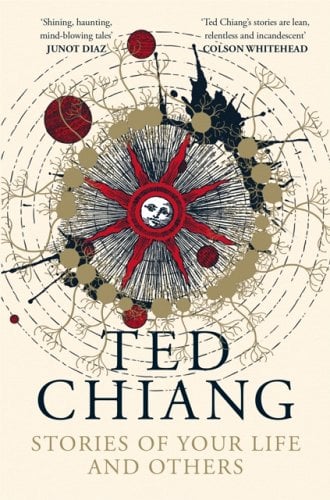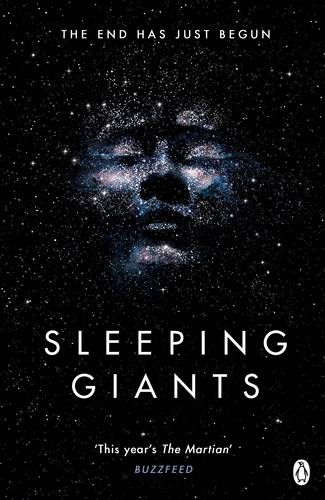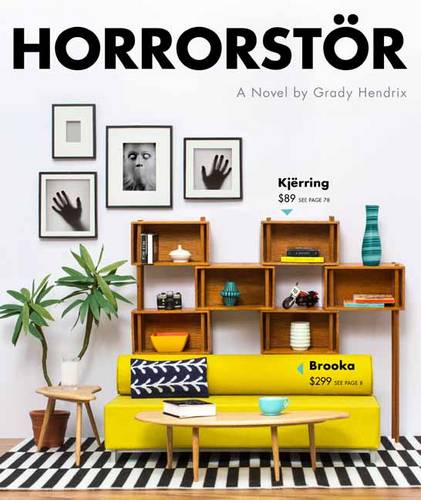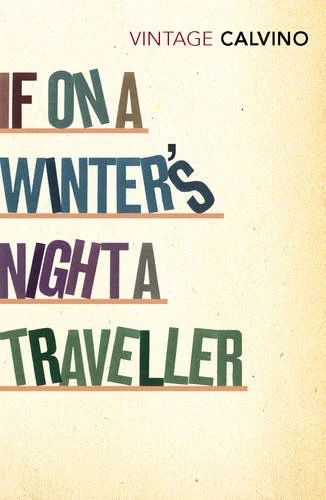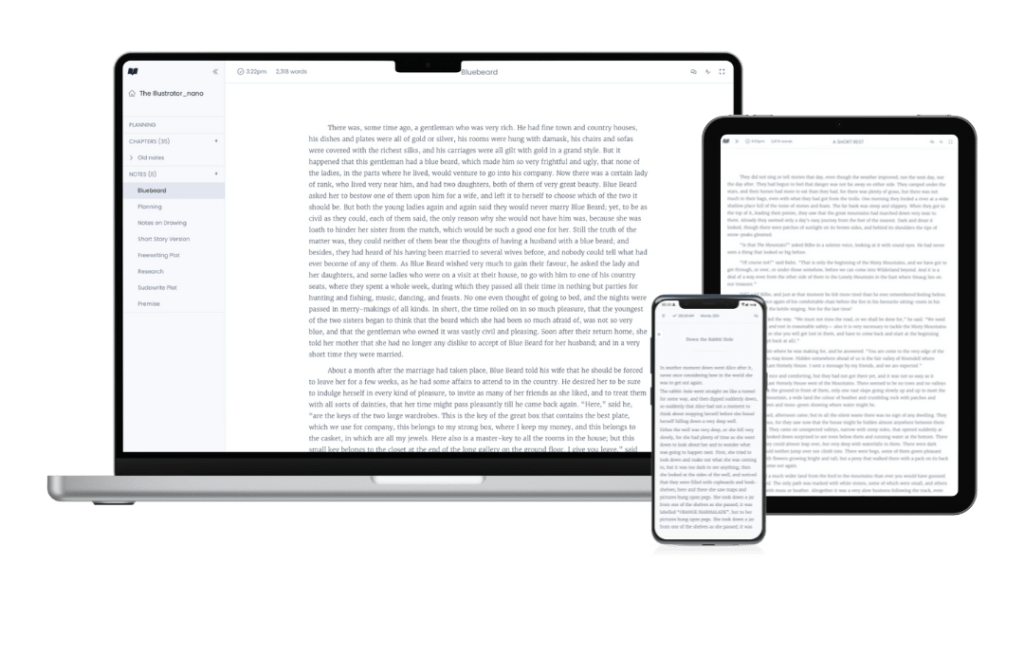
6 Books That Break the Mould and Use Experimental Storytelling Techniques

Reading and writing go hand in hand. To be a truly great writer, you must immerse yourself in the written word. It’s a deeply personal craft, and no two writers will express themselves in exactly the same way. In fact, some storytellers push boundaries and experiment with style and expression to challenge both themselves, and their readers.
Experimental and unconventional writing techniques take many forms. Non-linear narratives, epistolary styles, second-person voice, and grammatical experimentation are just some of the fascinating ways that authors push boundaries in service of their stories.
Whether you’re a reader or a writer, here are some amazing works of fiction to explore that use experimental or unusual writing techniques to build their narratives in unique and fascinating ways.
I’m Thinking of Ending Things by Iain Reid
I’m Thinking of Ending Things is a bold and completely unique psychological horror thriller that keeps its secrets until the very end. It’s a simple story on the surface; an un-named woman agrees to go on a road trip to visit her boyfriend’s family, despite having doubts about their relationship. But underneath that simplicity lies as deeply disturbing, complicated narrative that is impossible to forget.
Iain Reid masterfully weaves a compelling story that is completely turned on its head as the reader reaches the climax. It’s a book you can’t just read once. There are things hinted at below the surface that require a second read-through to really get to grips with. Every element of the plot, every tiny revelation, is carefully included with nothing left to chance, but as you reach the end, instead of things clicking into place, you’re left wondering how those elements feed into the resolution.
I’m Thinking of Ending Things is a book with immense staying power. It will live in your head rent free, and nip at your thoughts until you dive back in to unravel the mystery. The narrative is scary and unsettling, but you’re never really sure why you feel that way. And it’s all achieved through an interesting mix of narrative points of view and a non-linear arc, interspersed with hints at a deeper reality, without revealing too much too soon.
Stories of Your Life by Ted Chiang
I will never stop sharing my love of Ted Chiang. In my view, he is one of the most innovative writers out there, with the deft skill to make big, complicated concepts understandable. He has published two short story collections, but his first collection, Stories of Your Life, contains the titular novella, Story of Your Life, which changed the way I look at grammatical structure completely. It’s one of the most fascinating works of short fiction that really exemplifies how experimental writing can convey new and unique meaning.
Story of Your Life is about a linguist, Dr. Louise Banks, who narrates the story. When aliens appear on earth, she is tasked with opening a line of communication with them, and to do that she must learn how they communicate.
The aliens do not use language the same way that humans do, so Chiang explores the concept of linguistic relativity — the idea that the way we use language influences the way we experience and conceive of reality. As Banks learns the alien language, she experiences reality as they do, which Ted Chiang represents by experimenting with grammatical structure and his use of tense. He seamlessly blends past, present, and future through his exacting and careful manipulation of grammar. It should be hard to understand, and yet, it isn’t. An absolute must-read if you want a perfect example of having to know the rule to break them.
House of Leaves by Mark Z. Danielewski
House of Leaves is probably the most famous example of experimental structure to convey a story. its unconventional layout and style is designed to mirror the events and the mental instability of the book’s protagonists, and it does so to wonderful effect.
The novel itself is difficult to classify. It is primarily marketed as a horror story, and yet easily falls into classification as romance and satire as well. It’s a postmodern, contemporary work about a young family who discover that their new home is bigger on the inside than it is on the outside and become increasingly unsettled.
Multiple narrators tell different stories in different ways. The book is filled with marginalia has multiple narrators, colours, footnotes, and typographical tricks that help to convey the disorienting and chaotic nature of the story.
Besides exploring themes of perception, reality, and madness, House of Leaves is also a meditation on the nature of storytelling itself, and a fascinating parody of academia. It’s a challenging read that demands close attention and active engagement, but it’s a wonderful example of what can be achieved by a writer who thinks outside the box.
Sleeping Giants by Sylvain Neuvel
The first book in Sylvain Neuvel’s science-fiction series, the Themis Files, Sleeping Giants, is a wonderful example of epistolary fiction at work. It tells the story of a mysterious artifact discovered buried deep beneath the Earth’s surface, and the efforts to unlock its secrets, but with a unique narrative structure.
The novel is written as a series of documents, including interview transcripts, journal entries, official reports. and newspaper articles. What this achieves, is to give the reader a real sense of immersion in a narrative that is incredibly expansive, and yet feels both immediate and personal.
One of the hallmarks of science fiction is a grandiose extrapolation and explanation of complicated scientific concepts. By choosing an epistolary style for his series, Neuvel foregoes those elements, as they become irrelevant. We only need to know what we can piece together from the documents with which we are presented. The interviews especially, limit what information readers are furnished with, giving a sense of being part of something greater, while not being overwhelmed by the “infinity” of it all.
Sleeping Giants incorporates elements of mythology and science fiction, weaving together a complex and thought-provoking narrative that explores themes of power, control, and the consequences of human ambition. Through its unique narrative structure and storytelling, it offers readers a fresh and exciting take on the traditions of science fiction.
Horrorstör by Grady Hendrix
The unique design and layout of Grady Hendrix’s Horrorstör is the first thing that jumps out at any prospective reader. The IKEA-esque catalogue style is immediately recognisable, and it’s hard not to be drawn in.
The novel tells the story of a group of employees who work at Orsk, a fictional Scandinavian furniture store that bears a striking resemblance to IKEA, and who decide to spend the night in the store to find out what is happening overnight that is resulting in a lot of smashed products whenever they open up for the day. They patrol the deserted showroom, trying to solve the mystery, with chilling results.
The thing that makes Horrorstör so unique is its use of design elements to enhance the reading experience. The novel is designed to resemble a furniture catalog, with product descriptions, diagrams, and even fake advertisements interspersed throughout the text. This design choice helps to create a sense of immersion for the reader and adds to the overall creepy and unsettling atmosphere of the story; especially since it’s a design that is easily recognisable and the product descriptions become bleaker as the story progresses.
Horrorstör uses its unique design to incorporate elements of satire and social commentary into its horror elements, skewering the consumerist culture of modern-day America and the soulless corporate environments that can often come with it. This blend of horror and humour, along with its unconventional design elements, makes Horrorstör a book that’s well worth picking up for its concept alone.
If on a Winter’s Night a Traveller by Italo Calvino
If on a Winter’s Night a Traveller is a highly experimental work of fiction. It is very much a book lover’s book, and firmly post-modern.
The novel follows the story of “you” as “you” set out to read a new novel by Italo Calvino titled If On A Winter’s Night a Traveller. However, after a few pages, “you” discover that there is a printing error, and the novel has been replaced with a different book entirely. As “you” attempt to track down the correct novel, “you” are thrust into a series of different stories, each with its own unique style and genre.
Using alternative chapters of second-person narration, Calvino puts “you,” the reader, at the very centre of his tale. It’s a love story, both in the truest sense, as well as a love story to the act of narrative storytelling. It’s disjointed due to its alternating narrative and varying opening chapters of other works, but there is still a substantive arc that runs through the second-person narration; a story of an international conspiracy involving fraudulent books, a cunning translator, a secluded author, a failing publishing company, and a series of oppressive governments.
Every element of Calvino’s work feeds in to the next. The narration and how it is used is interesting on its own, but the thematic content of each of the fictional works relates to narration that follows in the chapter after it. And the titles of each of the stories, when put together, create the beginnings of yet another tale. It’s highly experimental, deliciously complex, and beautifully unique — a masterclass in the art of experimental storytelling.
Whether you plan to write experimental works of your own, or you prefer to stick to the tried-and-true methods of storytelling, these novels are worth taking the time to read. They are fascinating and dynamic narratives that challenge the traditional modes of storytelling, exploring the limitless potential of the written word.
Note: All purchase links in this post are affiliate links through BookShop.org, and Novlr may earn a small commission – every purchase supports independent bookstores.



